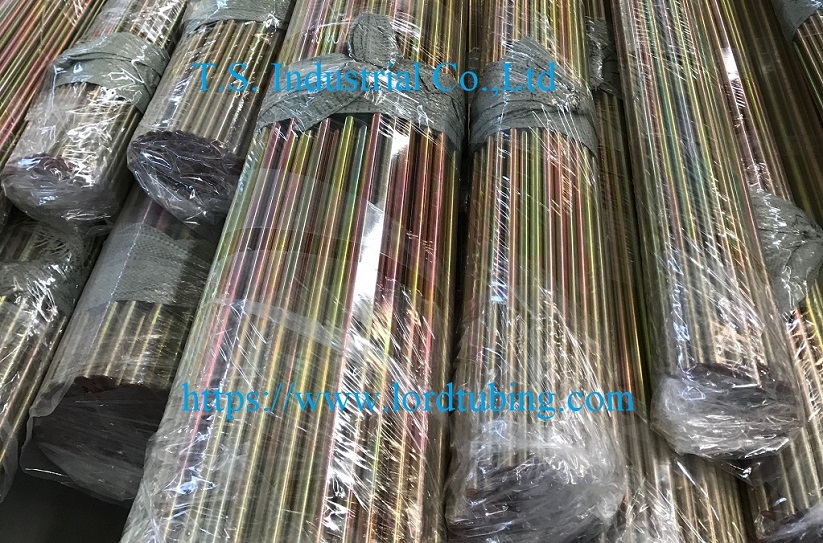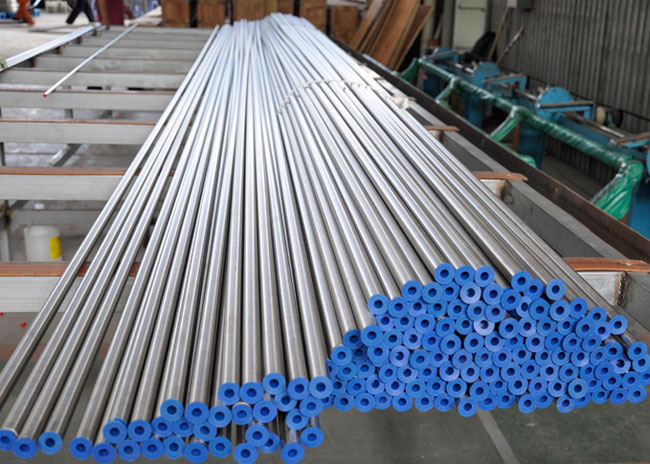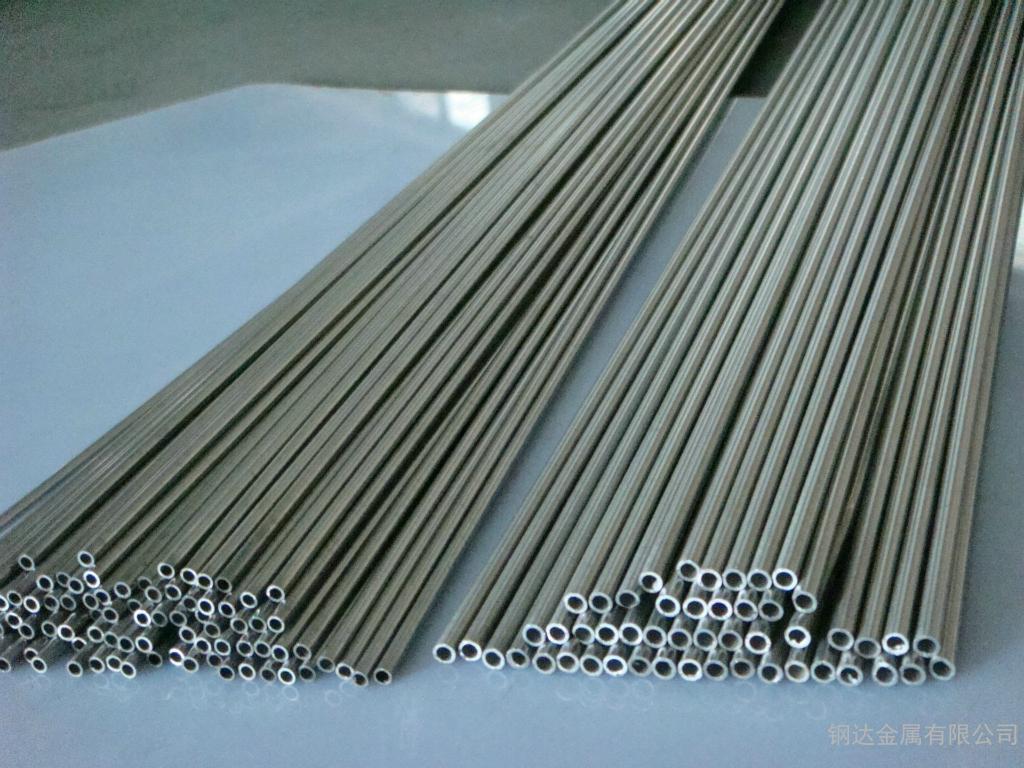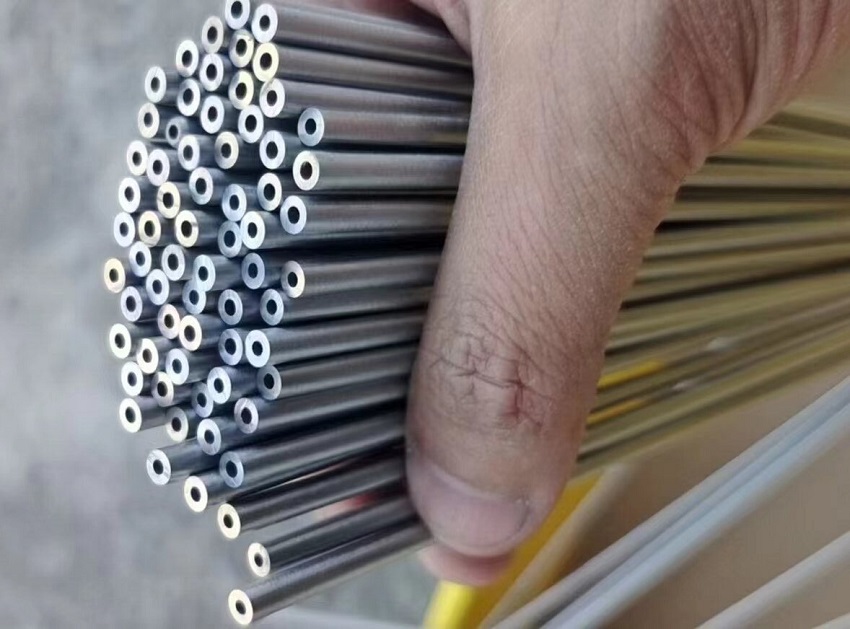What is hydraulic line?
The hydraulic line is the conduit that connects pumps, cylinders, motors, and other hydraulic system components. These pipelines not only support the systems pressure and flow but also ensure that the liquid flows smoothly to the desired spot, allowing for a variety of mechanical movements and control functions.
Features of hydraulic pipelines
- Pressure resistance
- Flexibility or rigidity
- Durability
- Sealing
The hydraulic lines are classified as hydraulic hard lines or hydraulic hoses based on the material used.
Differences Between Hydraulic Hoses and Hard Lines
⚑ Hydraulic hoses are primarily constructed of rubber layers and steel wire braided layers, with high flexibility and ease of bend.
⚑ Hydraulic hard lines are usually formed of metal such as carbon steel or stainless steel, have a hard texture, and are utilized for high pressure and flow applications.
|
|
Hydraulic Hose
|
Hydraulic Hard Line
|
|
Material
|
Rubber + steel wire braid/wrap layer
|
Metal
|
|
Performance
|
High flexibility, easy to bend
|
High rigidity
|
|
Pressure resistance
|
Above a certain pressure, it may expand and become damaged.
|
Be able to withstand high pressure
|
|
Sealability
|
With high quality requirements for joints, otherwise leakage is likely to occur
|
Good sealing, less possibility of leakage at the connection
|
|
Service life
|
Shorter, prone to wear and tear or aging
|
Longer, more wear-resistant
|
|
Cost
|
Low manufacturing and installation costs
|
Higher initial costs, but low maintenance costs
|
|
High temperature resistance
|
Limited high temperature resistance
|
Good high temperature resistance
|
|
Applicable Temp.
|
-40°C to 100°C
|
-40°C to 200°C (CS, SS)
-60°C to 300°C (special alloy)
|
|
Application
|
Dynamic components
High vibration requirements
|
Fixed pipeline
High pressure, high flow applications
|
Our hydraulic hard lines are constructed of high-quality carbon steel or stainless steel raw materials and are manufactured using a seamless cold rolling and finishing process. They have great pressure resistance and service life. They are specifically designed for high pressure, high temperature, and hard operating conditions, ensuring robust and dependable hydraulic transmission performance.
Standards: DIN 2391 & EN 10305-1/4
Operating pressure: 100-400 bar
Delivery condition: normalized
Why do the metal hydraulic lines contain killed steel as a raw material?
Hydraulic pipes necessitate the use of killed steel because of its high performance and ability to meet the unique requirements of hydraulic systems.
⚑ Dense organization and consistent quality
During the smelting process, killed steel is totally deoxidized, resulting in dense organization, low segregation, and uniform quality. This feature allows killed steel to maintain good stability and durability when exposed to high-pressure, high-speed hydraulic oil.
⚑ Strong pressure-bearing capacity
Hydraulic pipelines must bear high pressure and dynamic loads.
Killed steel is strong and resistant, and it can endure the tremendous pressure created by the hydraulic system during operation. This is required to guarantee that the hydraulic system functions properly and safely.
⚑ Stable performance
withstand the high pressure created by the hydraulic system during operation. This is required to guarantee that the hydraulic system functions properly and safely.
⚑ Excellent plasticity and machinability
Killed steel has a more consistent organizational structure, fewer impurities, and a uniform distribution, indicating good ductility and plasticity. This is required for the cold drawing, cold rolling, and welding of hydraulic pipes throughout the manufacturing process.
Why are steel hydraulic lines typically delivered in a normalized state?
Normalizing treatment can improve the structure and performance of steel, making it more appropriate for hydraulic applications.
⚑ Improve tissue homogeneity
Normalizing treatment can refine the grains of steel and eliminate internal stress and structural defects caused by rolling, drawing, and other material processing processes, resulting in a more uniform hydraulic pipeline structure, stable performance, and the ability to withstand the hydraulic system. High pressure and stress loads.
⚑ Improve pressure resistance
Normalizing treatment can greatly improve steels overall mechanical qualities, including strength, toughness, and plasticity, making hydraulic steel lines less susceptible to brittle fracture in high-pressure situations, ensuring safety and stability.
⚑ Improve the processing performance
Normalized steel has a moderate hardness (170-240HB), making it suitable for additional processing (e.g., welding, cutting, bending).
⚑ Reduce costs and increase efficiency
After normalizing treatment, the steel has good comprehensive mechanical properties and meets the performance requirements of hydraulic lines. No additional heat treatment is necessary, saving money and time while increasing manufacturing efficiency.








